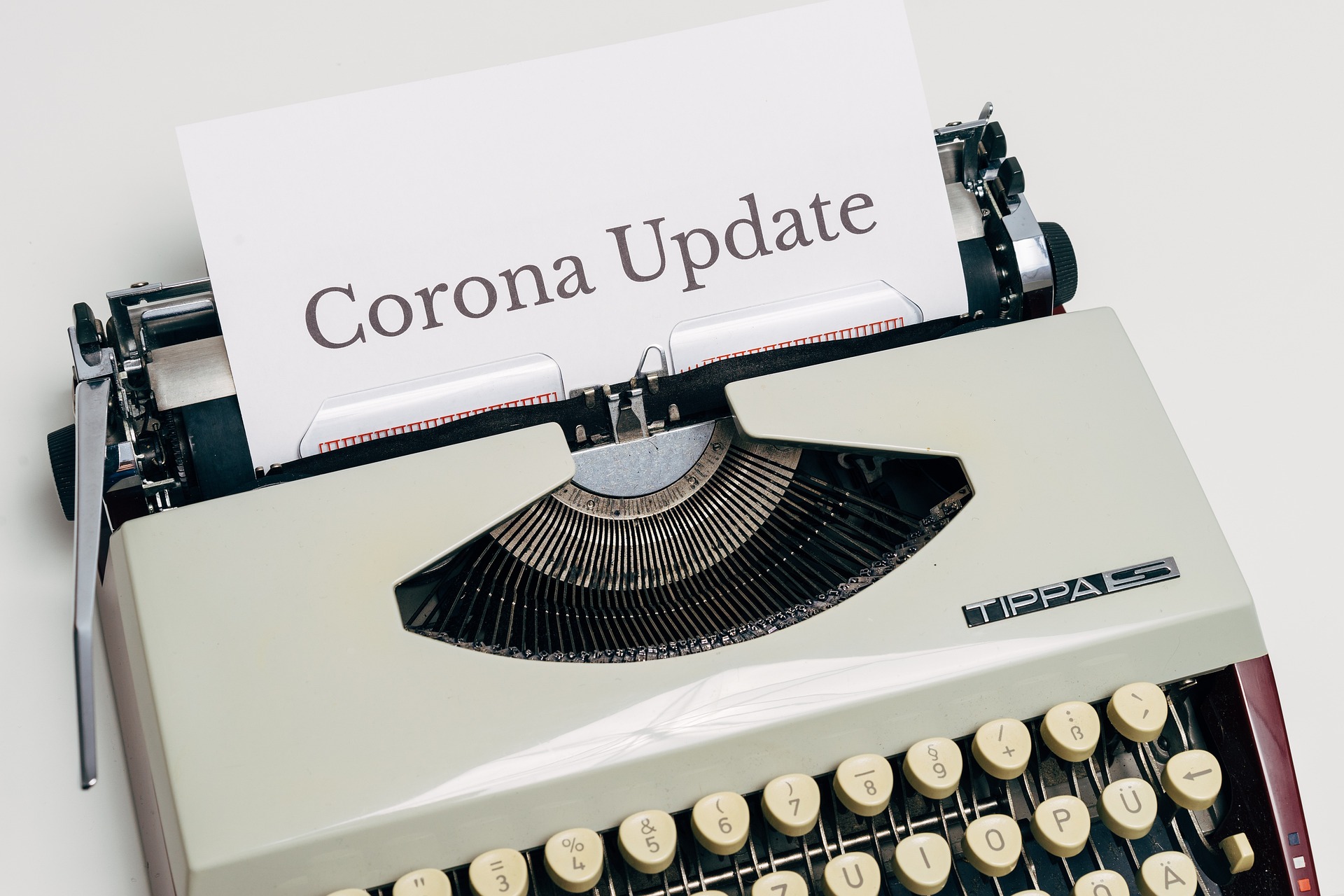We have great news for H-1B visa registrants! Today, March 27, 2023, USCIS announced that it has received enough electronic registrations to reach the FY 2024 H-1B visa cap—just 10 days after the H-1B electronic registration period closed on March 17, 2023.
USCIS randomly selected from among registrations that were properly submitted to meet the 65,000/20,000 annual numerical limitations for the regular cap and advanced degree exemption.
Petitioners who have been selected have been notified of their selection via their myUSCIS online accounts.
Notification of Selection
Now that the selection process has been completed, USCIS has sent electronic notices to all registrants with selected registrations that are eligible to file an H-1B cap-subject petition on behalf of the individual named in the notice within the filing period indicated on the notice.
Account holders who submitted the selected registration have been notified of selection via email or text message stating that an action has been taken on their myUSCIS online account. Account holders can log in to see the full notice and determine whether they have been selected.
A registrant’s USCIS online account will show one of the following statuses for each registration:
- Submitted: The registration has been submitted and is eligible for selection. If the initial selection process has been completed, this registration remains eligible, unless subsequently invalidated, for selection in any subsequent selections for the fiscal year for which it was submitted.
- Selected: Selected to file an H-1B cap petition.
- Not Selected: Not selected – not eligible to file an H-1B cap petition based on this registration.
- Denied: Multiple registrations were submitted by or on behalf of the same registrant for the same beneficiary. If denied as a duplicate registration, all registrations submitted by or on behalf of the same registrant for this beneficiary for the fiscal year are invalid.
- Invalidated-Failed Payment: A registration was submitted but the payment method was declined, not reconciled, disputed, or otherwise invalid.
 Visa Lawyer Blog
Visa Lawyer Blog










 Welcome back to the start of a brand-new week! In this blog post we share with you an exciting new
Welcome back to the start of a brand-new week! In this blog post we share with you an exciting new 

